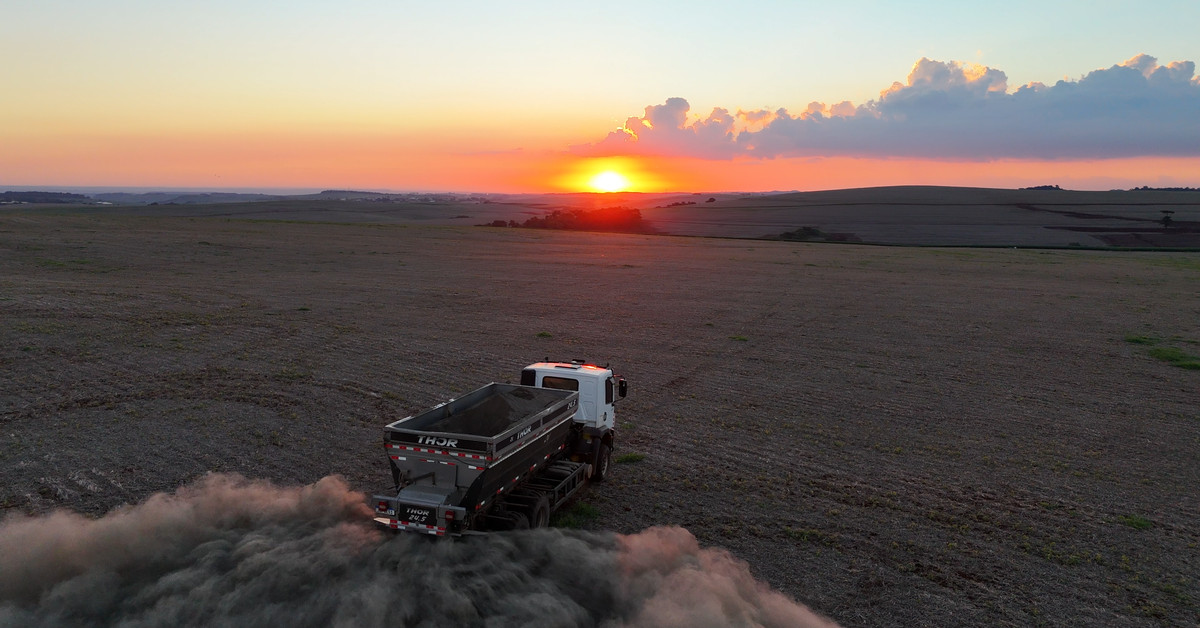In a significant effort to mitigate the impact of their pollution on the climate, Google and other large corporations have entered into agreements to remove carbon dioxide from the atmosphere using rocks. This innovative approach, known as enhanced rock weathering (ERW), has garnered substantial backing from major companies, including H&M Group, Salesforce, and Stripe.
A Multimillion-Dollar Deal with Terradot
Google, along with other partners, collectively agreed to pay $27 million to Terradot, a Sheryl Sandberg-backed startup, for the removal of 90,000 tons of carbon dioxide from the atmosphere. This agreement was brokered by Frontier, a carbon removal initiative led by Stripe, Google, Shopify, and McKinsey Sustainability. Separately, Google announced its own deal with Terradot to purchase an additional 200,000 tons of carbon removal.
The Largest Purchase Yet of ERW
Google’s purchase is considered the largest yet in the ERW category. The company declined to disclose the cost of this deal but noted that it expects the price to decrease over time for larger purchases. If the cost is similar to the Frontier agreement, which was approximately $300 per ton of CO2 captured, it could amount to an additional $60 million.
A Low-Tech Tactic with Significant Backing
ERW attempts to accelerate a natural process that takes thousands of years to break down rocks and release calcium and magnesium, triggering a chemical reaction that traps CO2 in water as bicarbonate. Groundwater carrying this bicarbonate eventually makes its way to the ocean, where it is stored and kept out of the atmosphere.
A Proven Leader with a Strong Track Record
Terradot’s CEO, James Kanoff, has a proven track record of successfully leading initiatives, including his previous work on the Farmlink Project. Sandberg praised Terradot as an early-stage company with "proven leaders, drive, right technology, and a strong focus on execution to succeed."
The Challenges of Carbon Removal
Carbon removal encompasses various strategies to take carbon dioxide out of the atmosphere. While it could potentially help slow climate change by trapping some of the pollution from fossil fuels released over the years, experts express concerns about its costs, safety, and potential to delay a transition from fossil fuels to clean energy.
The Limitations of ERW
While Terradot has a 2029 deadline to capture the 90,000 tons agreed upon with Frontier, it is challenging to accurately measure how much CO2 is trapped. The company plans to take soil samples to assess carbon capture based on rock degradation over time but acknowledges that determining how much calcium, magnesium, and bicarbonate reaches the ocean is still an outstanding question.
A Necessary Step towards a Clean Energy Transition
Google’s carbon footprint has grown as it builds out energy-hungry AI data centers. The company has recently announced plans to help develop advanced nuclear reactors and new solar and wind farms to power its data centers with carbon pollution-free electricity. While switching to clean energy is the most effective way to stop climate change, carbon removal can be seen as an attempt to counteract some of a company’s legacy pollution while it makes this transition.
A Small Step towards a Big Goal
Google’s ERW deal may seem insignificant compared to its 14.3 million metric tons of carbon dioxide pollution last year, but it is still a necessary step towards reducing the company’s carbon footprint. Kanoff emphasizes that carbon removal and emissions reductions are complementary tools needed to combat climate change.
The Path Forward
As companies like Google continue to invest in innovative approaches to mitigate their environmental impact, it is essential to acknowledge both the limitations and potential of these efforts. By combining ERW with aggressive emission reduction strategies, companies can take a significant step towards a cleaner energy future.
Related Articles
- Google’s Future Data Centers Will be Built Next to Solar and Wind Farms
- Google Inks Nuclear Deal for Next-Generation Reactors
- Carbon Dioxide Emissions from Fossil Fuels Are Already Making Heatwaves, Droughts, Wildfires, Storms, and Other Climate Disasters More Dangerous
Comments
- "This is a great step towards reducing carbon emissions, but we need to be careful not to overpromise and underdeliver." – John Doe
- "I agree that ERW has potential, but we need more research on its effectiveness and scalability before investing further." – Jane Smith
- "It’s about time companies like Google took responsibility for their environmental impact and started making real changes." – Michael Brown
- "While this is a good start, we can’t forget that the only effective way to stop climate change is through transitioning to clean energy sources." – Emily Davis




